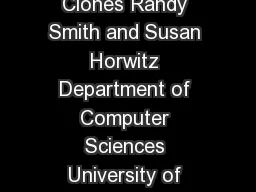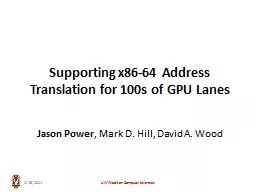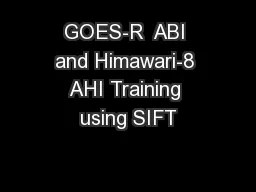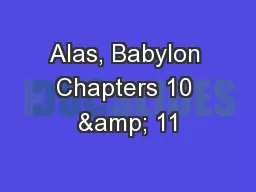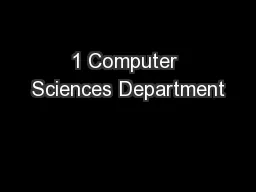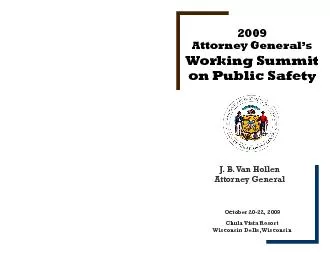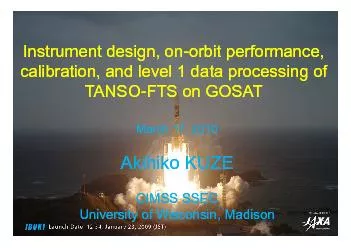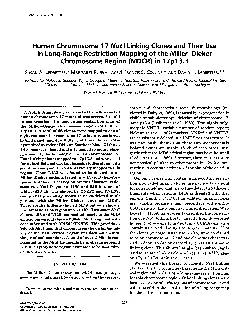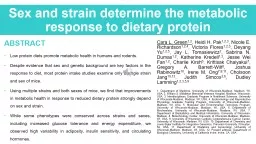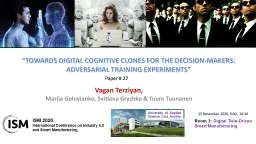PDF-Detecting and Measuring Similarity in Code Clones Randy Smith and Susan Horwitz Department
Author : trish-goza | Published Date : 2014-12-05
wiscedu Abstract Most previous work on codeclone detection has fo cused on 64257nding identical clones or clones that are identical up to identi64257ers and literal
Presentation Embed Code
Download Presentation
Download Presentation The PPT/PDF document "Detecting and Measuring Similarity in Co..." is the property of its rightful owner. Permission is granted to download and print the materials on this website for personal, non-commercial use only, and to display it on your personal computer provided you do not modify the materials and that you retain all copyright notices contained in the materials. By downloading content from our website, you accept the terms of this agreement.
Detecting and Measuring Similarity in Code Clones Randy Smith and Susan Horwitz Department: Transcript
Download Rules Of Document
"Detecting and Measuring Similarity in Code Clones Randy Smith and Susan Horwitz Department"The content belongs to its owner. You may download and print it for personal use, without modification, and keep all copyright notices. By downloading, you agree to these terms.
Related Documents

